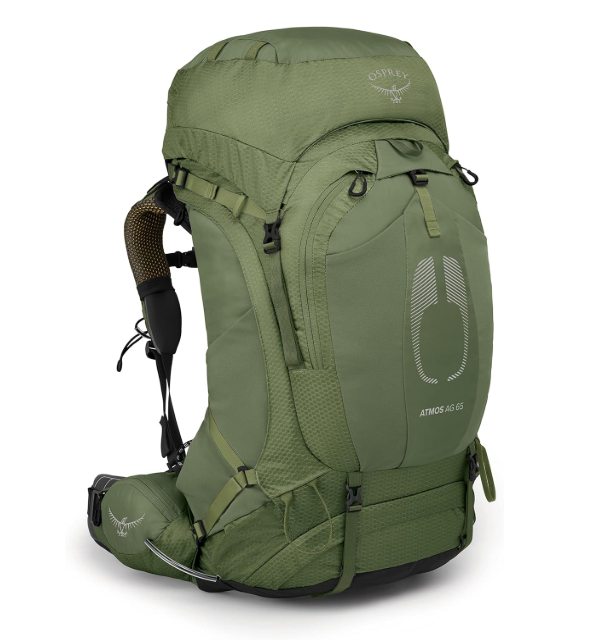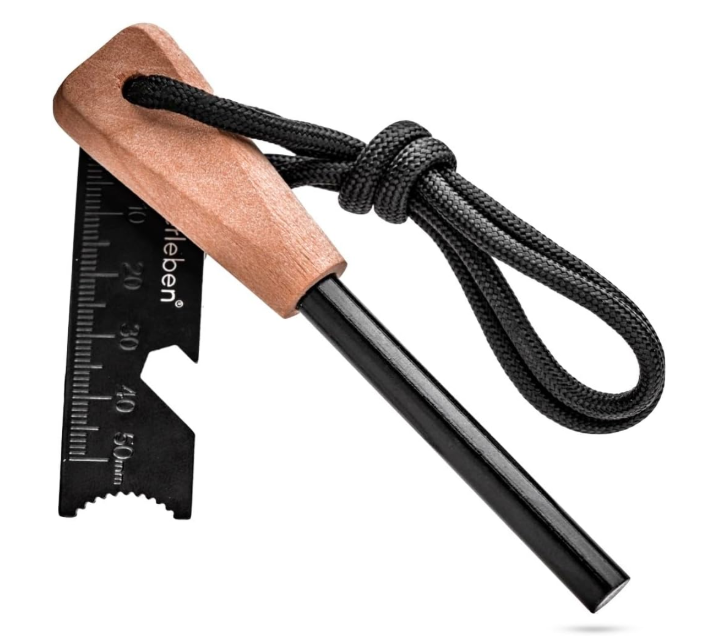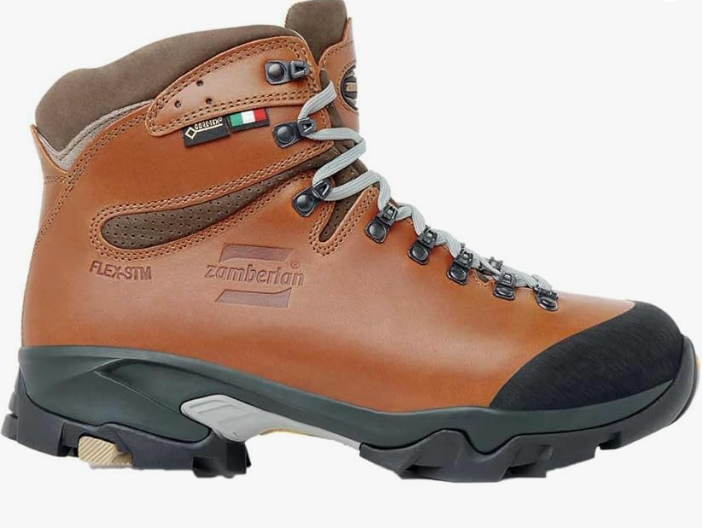Whether it’s a wildfire, power grid failure, economic collapse, or sudden evacuation, one thing is clear: you don’t want to be caught unprepared. That’s where a Bug-Out Bag (BOB) comes in — your portable survival kit designed to help you survive the first 72 hours of an emergency.
Prepping isn’t just for doomsday prophets anymore. With increasing global instability, extreme weather events, and infrastructure risks, more everyday people are assembling emergency kits — but with a modern, minimalist mindset. In this 2025 guide, we’ll walk you through what goes in a reliable, efficient, and adaptable bug-out bag.
Whether you’re new to prepping or updating an old pack, this checklist blends practical survival skills with the latest gear so you’re ready when the unexpected happens.
🧭 What Is a Bug-Out Bag (BOB)?
A Bug-Out Bag is a pre-packed emergency backpack that includes essential items to help you evacuate quickly and survive for at least 72 hours. Think of it as your “grab-and-go” safety net.
It should be:
- Lightweight
- Waterproof or water-resistant
- Stored in an accessible location
- Personalized to your climate, skills, and needs
Many people store theirs by the front door, in the car, or at work.
✅ Why You Need One in 2025
- 🌪️ Natural disasters are more frequent (floods, wildfires, hurricanes)
- ⚡ Power grids are less stable (see 2021 Texas freeze or 2024 EU brownouts)
- 📉 Economic instability & supply chain fragility
- 🛫 Civil unrest, terror alerts, global conflicts
Emergencies are rarely convenient. But being ready means having peace of mind. In short: hope for the best, prepare for the worst.
🧱 Core Components of a 2025 Bug-Out Bag
Here’s a detailed list broken into must-have categories — all updated with 2025-tested gear options.
1. 🔪 Survival Tools & Utility
- Multi-tool (with blade, pliers, screwdriver)
- Fixed-blade survival knife
- Collapsible shovel
- Compact hatchet or tomahawk (optional)
- Paracord (50–100 feet)
2. 🔥 Fire & Warmth
- Waterproof stormproof matches (like UCO)
- Ferrocerium rod with striker
- Butane lighter
- Emergency space blanket (Mylar)
- Lightweight tarp or bivvy sack
- Compact sleeping bag or insulated liner
3. 💧 Water Purification
- LifeStraw or Sawyer Mini water filter
- Water purification tablets
- Collapsible water container (2–3L)
- Metal canteen for boiling
4. 🥫 Food & Cooking
- Freeze-dried meals (3 days minimum)
- Energy bars, nuts, protein snacks
- Portable stove (Esbit, Jetboil, or alcohol burner)
- Mess kit with pot, utensils, and fuel tabs
- Can opener
5. 👕 Clothing & Protection
- Moisture-wicking base layers
- Extra socks & underwear
- Rain poncho or jacket
- Wide-brim hat or beanie (weather-dependent)
- Tactical gloves
6. 🧰 First Aid & Hygiene
- Trauma kit (tourniquet, gauze, clotting agent)
- Bandages, antiseptic wipes, tweezers
- Personal meds & painkillers
- Toothbrush, wipes, soap sheets
- Toilet paper + sealable bags
7. 🔦 Lighting & Communication
- LED flashlight (with strobe mode)
- Headlamp (with red light option)
- Hand-crank or solar-powered radio
- Backup power bank (20,000+ mAh)
- Emergency whistle
8. 📁 Documents & Money
- Copies of ID, insurance, passport (laminated or in waterproof pouch)
- Emergency contacts list
- Local maps (paper, not digital only)
- Cash in small bills ($100–200)



🎯 Personalization Tips for 2025
Every survivalist’s pack should be tailored to their needs. Consider:
- Families: Add diapers, formula, toys, or pet food
- Cold climates: Add wool layers, fire starters, hand warmers
- Urban areas: Add pry bar, mask, compact crowbar
- Rural/forest: Add insect repellent, bear spray, trail markers
- Medical needs: Custom first-aid or prescriptions
🧠 Survival Mindset: Minimalism vs Overload
A common rookie mistake is overpacking. Your bug-out bag should be light enough to carry for hours, even days, if needed. This means knowing what you actually need — and leaving out the rest.
Remember: The best gear in the world is useless if you’re too exhausted to move with it.
- Test-carry your pack loaded
- Practice unpacking and repacking it blindfolded (seriously)
- Rotate out expired food, meds, and batteries every 6–12 months
🏕️ Where to Store Your Bug-Out Bag
Depending on your lifestyle, you might want:
- One at home
- One in the car/trunk
- One at work
Some preppers build a small cache or Go Bag near their bug-out location (BOL). Others coordinate with friends or family nearby.
If you travel often, make sure your travel bag doubles as a quick-deploy version.
⚡ Bug-Out Bag Gear Mistakes to Avoid
- Buying only high-end tactical gear and forgetting basics
- Using a camo bag in urban areas (can attract attention)
- Forgetting comfort items like coffee, a book, or headphones
- Not testing your gear before relying on it
Pro tip: Your mindset and skills matter more than your gear. But having the right tools helps keep fear at bay.
💼 Suggested BOB Brands (2025 Standouts)
While we’re not linking affiliates here, here are brands our readers and testers trust:
- Maxpedition
- 5.11 Tactical
- Condor Outdoor
- Osprey (non-tactical but durable)
- REI Co-Op (budget options)
- UCO (fire-starting gear)
- Merrell (reliable hiking footwear)
- LifeStraw (water purification)
- 🛒 Feel free to explore our Store section to see some of these brands in action and compare gear options recommended by the community.
🧡 Final Thoughts: You Can’t Predict — But You Can Prepare
The goal of a Bug-Out Bag isn’t to live off-grid forever. It’s to give yourself a head start in a crisis — the tools, confidence, and capability to survive the chaos until things stabilize.
You don’t need to be a survival expert. But you do need to be proactive.
Build your kit. Know how to use it. And practice staying calm in high-pressure scenarios.
So pack smart, stay ready, and face every challenge with a calm, clear mind — no matter what the world throws your way.
🧡 If this guide helped you, consider subscribing to Northern River Adventures for more survival tips, wilderness guides, and preparedness checklists.
📥 Subscribe to get new resources in your inbox.
📌 Pin this article to help others build their own BOB and be ready when it counts.
